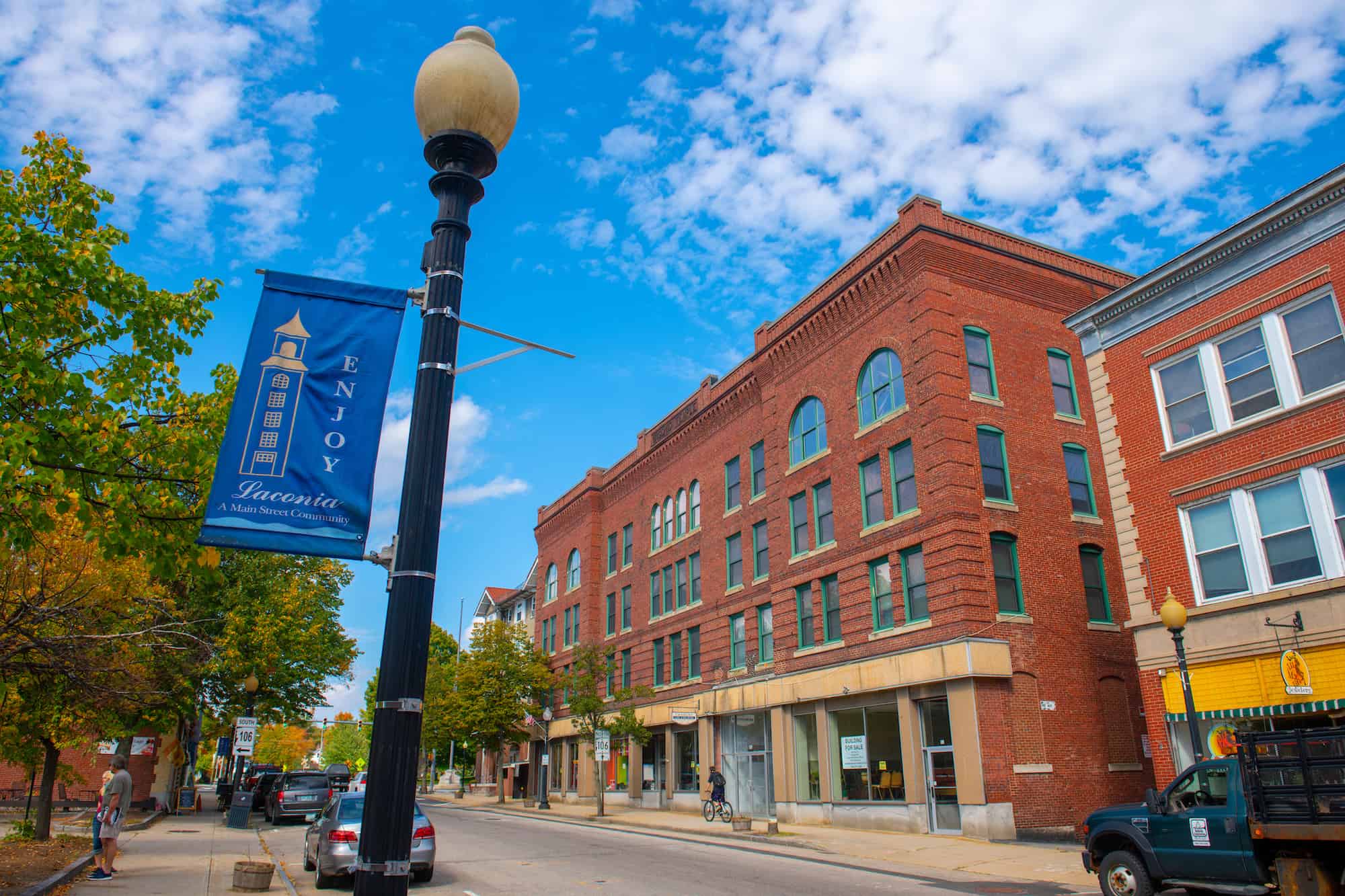Laconia, NH
With a citywide baseline in hand by June 20, 2023, Laconia immediately shifted from reactive to proactive management.

Laconia, NH Infrastructure Assessment
Summary
- 43 roadway miles scanned and 1,735 signs inventoried, giving Laconia objective condition intelligence in weeks
- Data-driven paving plans and clear reports that speed up visible fixes for residents
- Fewer complaints and faster funding approvals through transparent, defensible priorities
Problem
Laconia’s streets face heavy wear from winter freeze-thaw cycles and seasonal traffic, but the city’s pavement and sign data was outdated and inconsistent, making it hard to know which roads to fix or when and undermining accurate paving budgets. Public works staff relied on manual windshield and walking surveys that were slow, unsafe, and often outdated by the time reports were compiled. Without defensible condition scores, the team struggled to build a clear, prioritized work plan, spent too much time reacting to 311 complaints and “Why not my road?” questions, and had limited ability to justify decisions in council meetings.
Solution
To change that, Laconia chose Cyvl to rapidly survey its network; Cyvl used vehicle-mounted LiDAR and sensors to scan 43 roadway miles and capture a complete, geolocated inventory of 1,735 signs. Within weeks, and delivered on June 20, 2023, the Infrastructure Intelligence platform used AI to convert the raw data into detailed, actionable pavement condition data, objective condition scores, and prioritized repair and preservation lists. The platform produced defensible plans and easy-to-share maps and reports, enabling leadership to make faster, confident decisions, communicate clearly with residents, and move projects to construction sooner.
Impact
With a citywide baseline in hand by June 20, 2023, Laconia immediately shifted from reactive to proactive management. Detailed pavement condition data for 43 miles and an inventory of 1,735 signs gave leaders the evidence to schedule the right fix at the right time, balance preservation with rehabilitation, and defend budgets. The speed of delivery—weeks instead of months—compressed the time between data collection and project implementation, so residents see smoother streets and quicker responses to needs.
- Transparent, map-based reports reduced “Why not my road?” questions and cut 311 complaint volume as residents saw objective reasons for priorities
- Crews scheduled maintenance and paving based on clear condition scores, fixing potholes and hazards faster and with fewer return trips
- Budget requests were easier to defend, helping leadership secure approvals and allocate taxpayer dollars where they have the highest impact
- Town meetings ran smoother with defensible plans, before-and-after visuals, and simple explanations residents could trust
- Public works built a comprehensive, multi-year plan in less time, aligning seasonal work windows with data-backed priorities
- Faster data-to-action cycle moved projects to construction sooner, shortening the time residents wait for improvements
- Budget allocation, public communication, and work scheduling became straightforward with high-quality data informing every decision




-%20logo%20(unpadded).png.png)